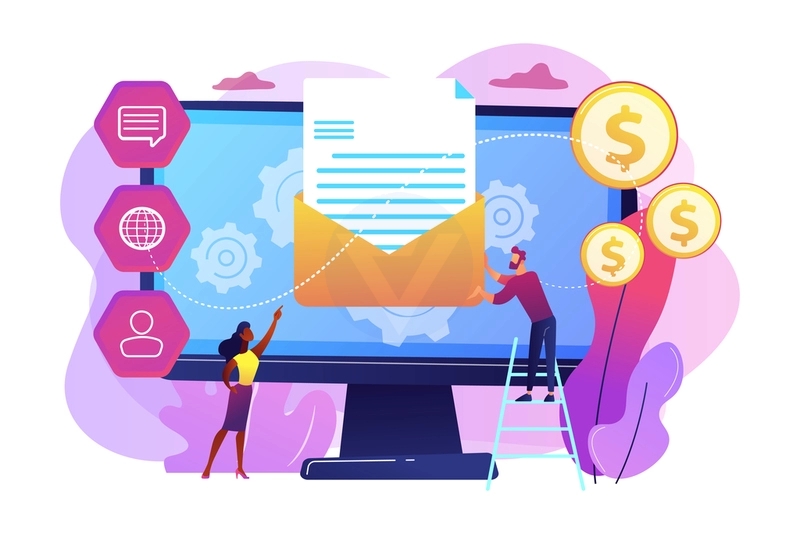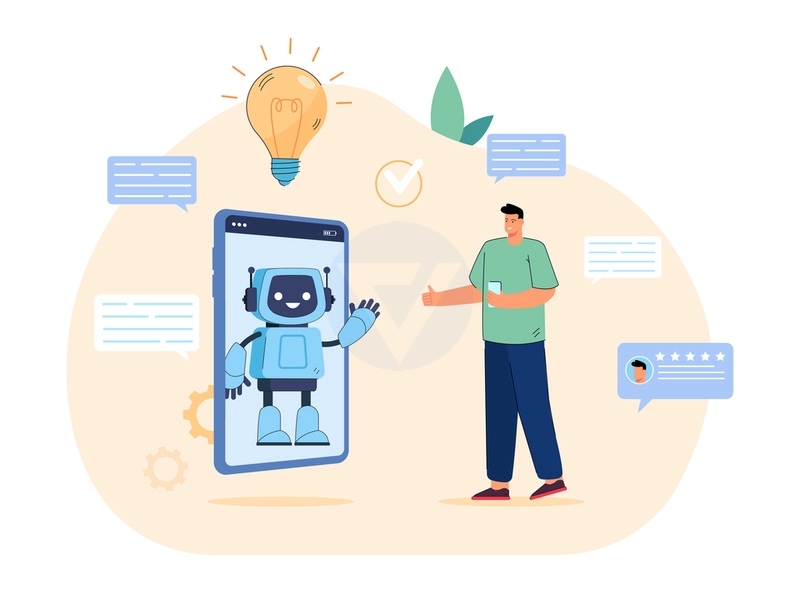
How can we use email marketing to increase customer engagement?
Email marketing can be a powerful tool to increase customer engagement when used effectively. Here are some strategies to leverage email marketing for enhancing customer engagement:
1. Personalization: Tailor your emails to each recipient by using their name and segmenting your email list based on specific criteria such as demographics, purchase history, or engagement levels. Personalized emails make customers feel valued and increase the likelihood of them engaging with your content.
2. Relevant and Valuable Content: Deliver content that is relevant, informative, and valuable to your audience. Provide useful tips, industry insights, exclusive offers, or personalized recommendations. Make sure the content aligns with your customers' interests and needs, and avoid excessive promotional messaging.
3. Catchy Subject Lines: Grab the attention of your subscribers with compelling subject lines. A well-crafted subject line can entice recipients to open your email and engage further. Use concise and engaging language, create a sense of urgency, or ask intriguing questions to pique curiosity.
4. Clear Call-to-Action (CTA): Include clear and prominent calls-to-action in your emails. Whether it's encouraging readers to visit your website, make a purchase, sign up for an event, or share content on social media, use compelling CTAs that are easy to understand and act upon. Make sure your CTAs are visually appealing and stand out within the email.
5. Responsive Design: Optimize your emails for different devices and screen sizes. Ensure that your emails are mobile-friendly and responsive so that they can be easily viewed and engaged with on smartphones, tablets, and desktops. A seamless user experience across devices increases the chances of engagement.
6. A/B Testing: Experiment with different elements of your emails, such as subject lines, content layout, visuals, or CTAs, by conducting A/B testing. Test different versions of your emails with a smaller segment of your audience to determine which elements perform better in terms of open rates, click-through rates, and engagement. Use the insights gained to optimize future email campaigns.
7. Automation and Triggered Emails: Implement automation and triggered email campaigns based on specific customer actions or behaviors. For example, send welcome emails to new subscribers, follow-up emails after a purchase, or personalized recommendations based on browsing history. These automated emails can enhance engagement by delivering timely and relevant messages.
8. Feedback and Surveys: Encourage customer feedback and engagement by including surveys or feedback forms in your emails. Ask for opinions, suggestions, or reviews to involve customers in the conversation and make them feel heard. Respond promptly to customer feedback to show that their input is valued.
9. Analyze and Refine: Regularly analyze email metrics such as open rates, click-through rates, conversion rates, and unsubscribe rates. Use this data to gain insights into what works well and what needs improvement. Refine your email marketing strategies accordingly to continually optimize customer engagement.
Remember, building and maintaining a healthy email list is crucial. Focus on obtaining permission-based opt-ins, provide an easy way for subscribers to manage their preferences or unsubscribe, and comply with applicable data protection and privacy regulations.
By implementing these strategies, you can leverage email marketing as a powerful tool to increase customer engagement, foster meaningful connections, and drive desired actions from your audience.
Share It:
Tags:













